Many sports cars with smaller engines have consistently outperformed their V8 counterparts on the track and in everyday driving. These import sports cars have brought a blend of engineering prowess and innovative design, proving that smaller engines can pack a powerful punch. Let’s dive into six noteworthy examples that have left traditional V8s in their dust.
Honda NSX
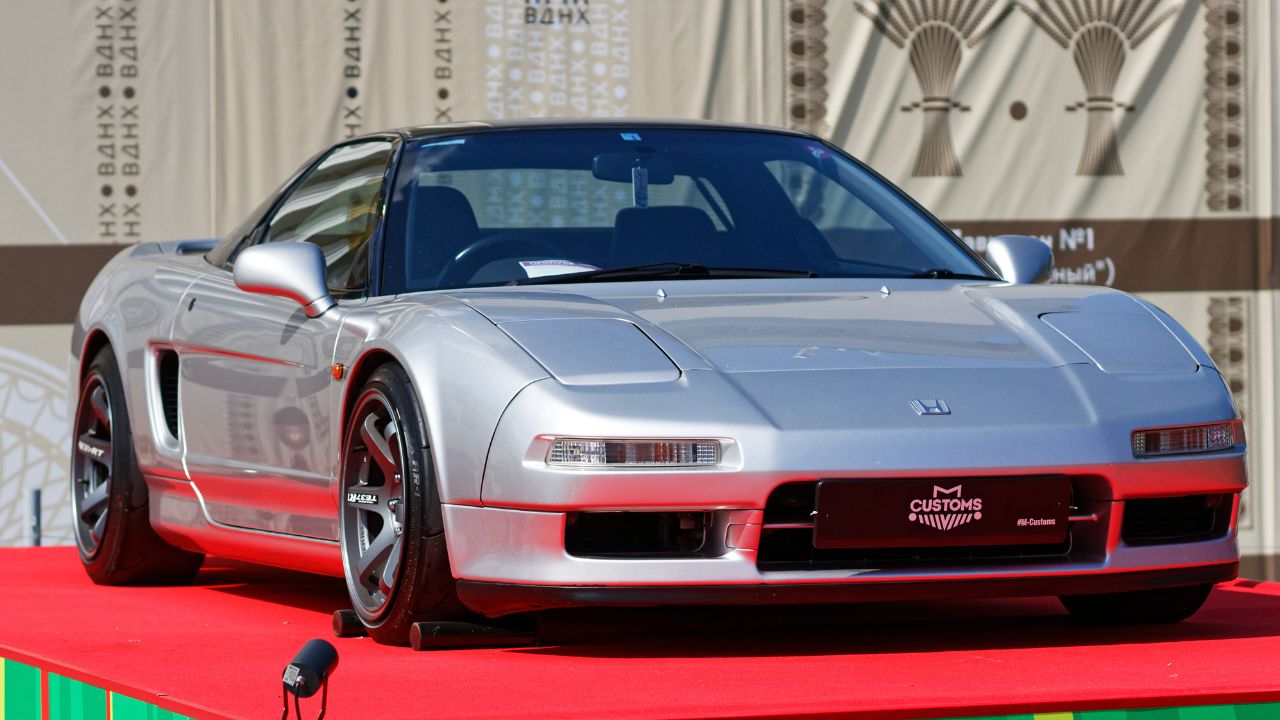
The Honda NSX, introduced in 1990, is a prime example of a sports car that challenged the dominance of V8 engines. With its mid-engine layout and lightweight aluminum body, the NSX offered exceptional handling and balance. The original model was powered by a 3.0-liter V6 engine, producing 270 horsepower, which was impressive for its time.
Notably, the NSX was developed with input from Formula 1 legend Ayrton Senna, ensuring it had the performance to match its looks. It quickly gained a reputation for its reliability and everyday usability, which many V8 sports cars at the time struggled to provide.
Nissan GT-R
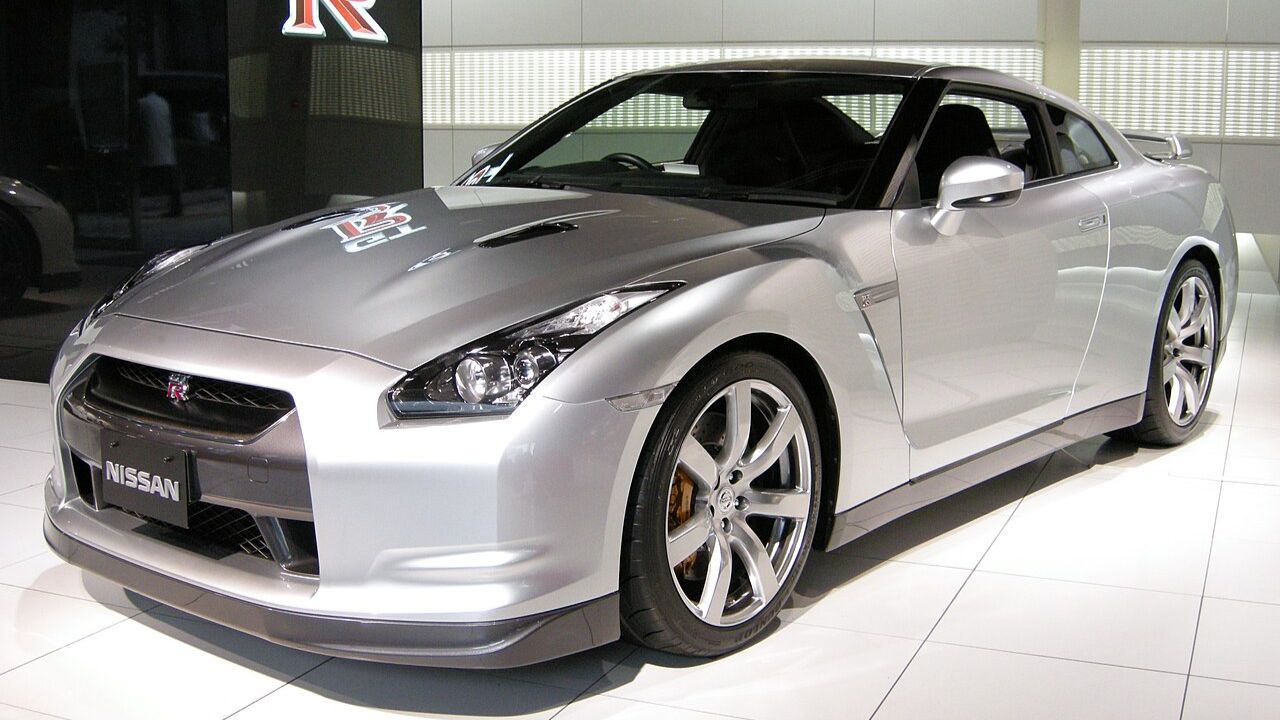
The Nissan GT-R, often dubbed “Godzilla,” has been a giant killer since its debut. The R35 model, launched in 2007, features a twin-turbocharged 3.8-liter V6 that produces over 600 horsepower in later versions, such as the GT-R Nismo. This performance level allowed it to challenge and often outperform many contemporary V8-powered supercars.
With its advanced all-wheel-drive system and cutting-edge electronics, the GT-R offers both incredible acceleration and grip. Its ability to deliver consistent high-speed performance has made it a favorite among enthusiasts and a formidable competitor on both the street and track.
Toyota Supra
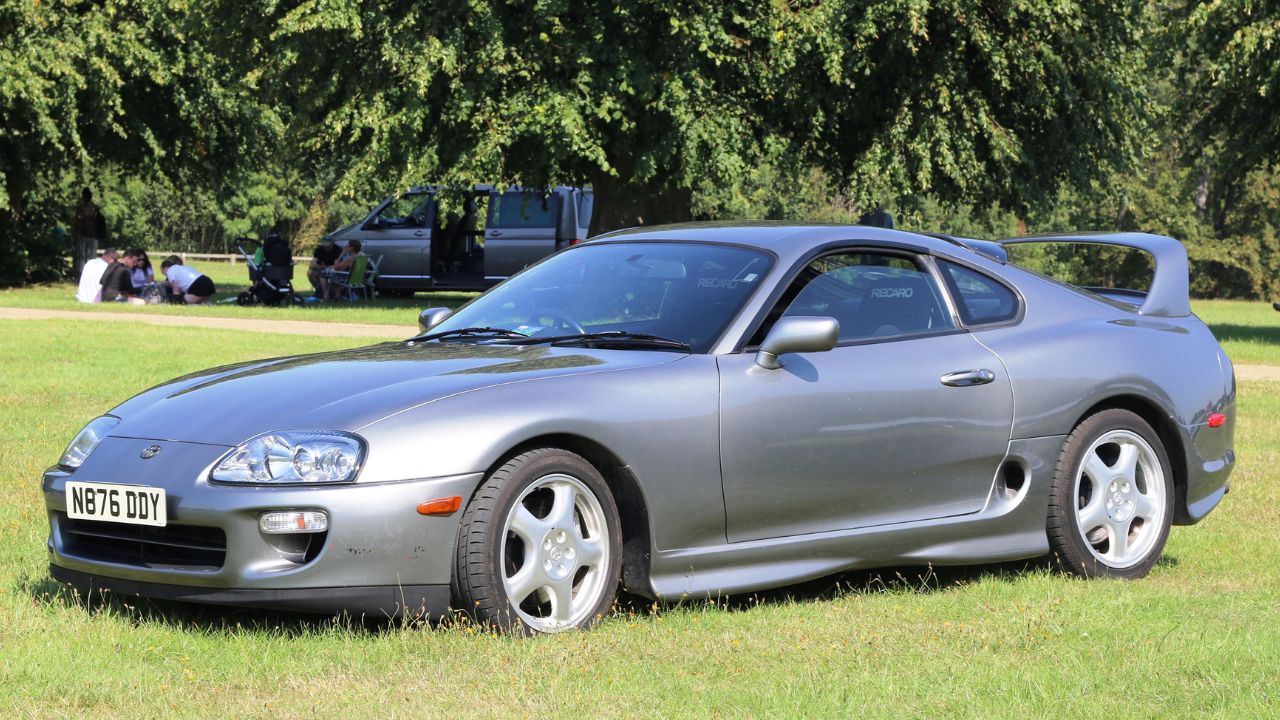
The Toyota Supra’s reputation as a V8 challenger was solidified with the fourth-generation model (1993-2002), which featured the legendary 2JZ-GTE engine. This 3.0-liter inline-six, with its robust construction and tuning potential, became a favorite among car enthusiasts and tuners alike.
With a power output of 320 horsepower in its stock form, the Supra could keep pace with many V8 sports cars of its era. Its strong aftermarket support and potential for high horsepower builds have only added to its legacy as a V8 rival.
Mazda RX-7
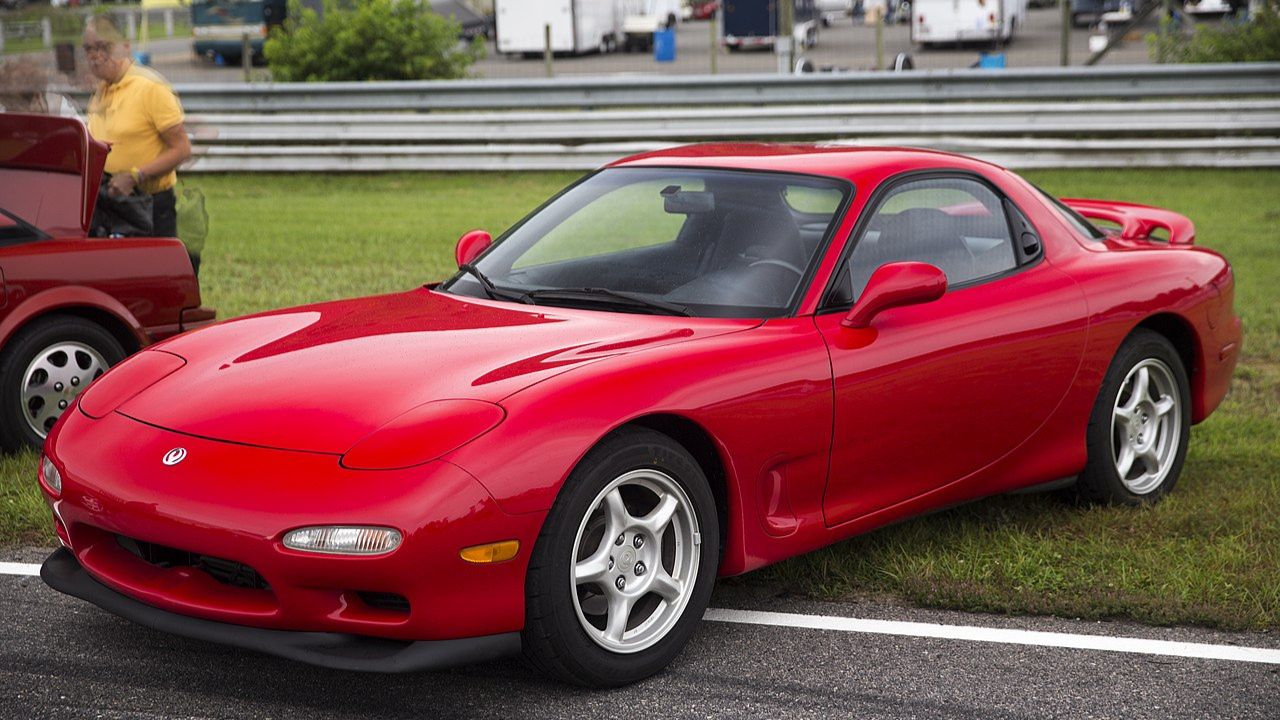
The Mazda RX-7 is unique among sports cars for its use of a rotary engine. The third-generation RX-7, produced between 1992 and 2002, featured a 1.3-liter twin-turbocharged rotary engine that produced 252 horsepower. What it lacked in displacement, it made up for with a high-revving nature and lightweight construction.
This car was renowned for its agile handling and balanced chassis, allowing it to compete effectively against larger, heavier V8 rivals. The RX-7’s distinctive driving experience and tuning potential have kept it a beloved choice for car enthusiasts worldwide.
BMW M3
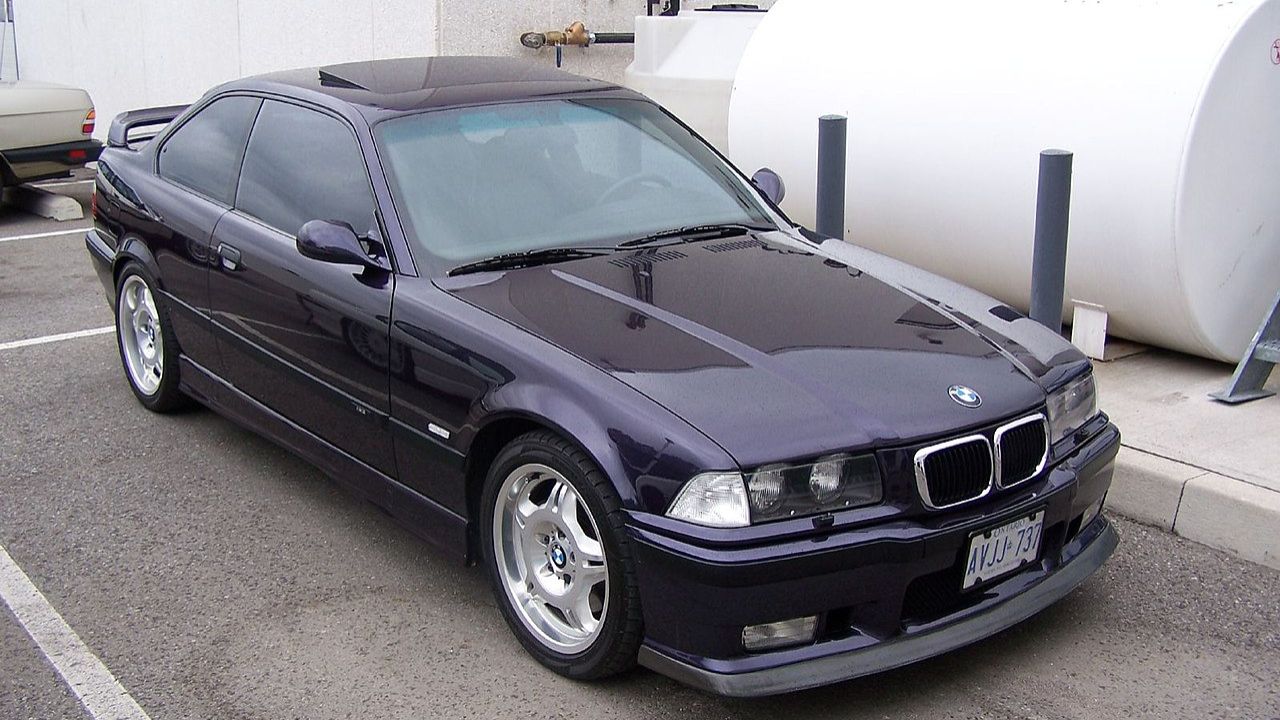
The BMW M3 has long been a benchmark for sports sedans and coupes, proving that a well-tuned inline-six can compete with V8 power. The E46 M3, produced from 2000 to 2006, featured a 3.2-liter inline-six engine that delivered 333 horsepower. This model was celebrated for its precision handling and exceptional balance.
The M3’s blend of performance, luxury, and everyday usability made it a formidable opponent for V8-powered competitors. Its legacy continues to influence the sports car segment, with later models maintaining its reputation for performance excellence.
Porsche 911 Turbo

The Porsche 911 Turbo has consistently shown that flat-six engines can deliver exceptional performance. The 996 Turbo, introduced in 2000, featured a 3.6-liter twin-turbocharged engine producing 415 horsepower, enabling it to challenge and often surpass V8 rivals.
With its iconic rear-engine layout and all-wheel-drive system, the 911 Turbo offers a unique driving experience that combines blistering acceleration with confidence-inspiring handling. Its enduring appeal and performance capabilities have made it a perennial favorite among sports car enthusiasts and a continuous challenger to V8 dominance.
Like Fast Lane Only’s content? Be sure to follow us.
Here’s more from us:
*Created with AI assistance and editor review.


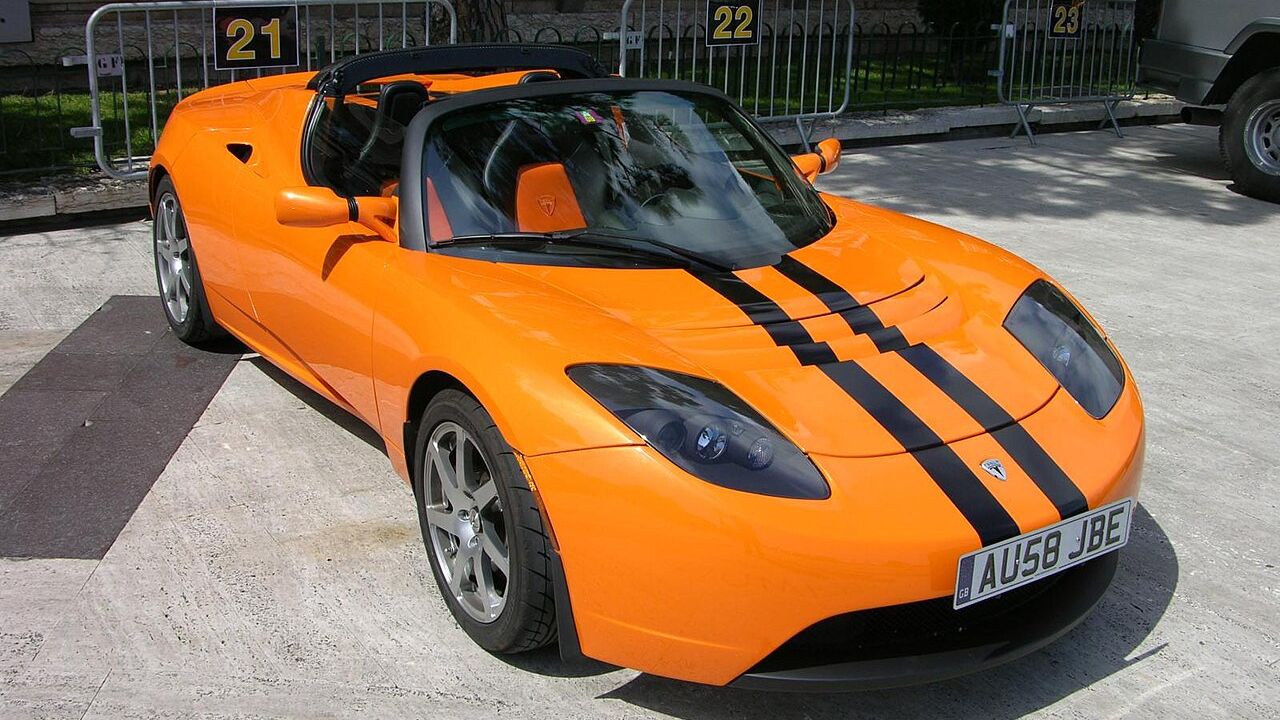
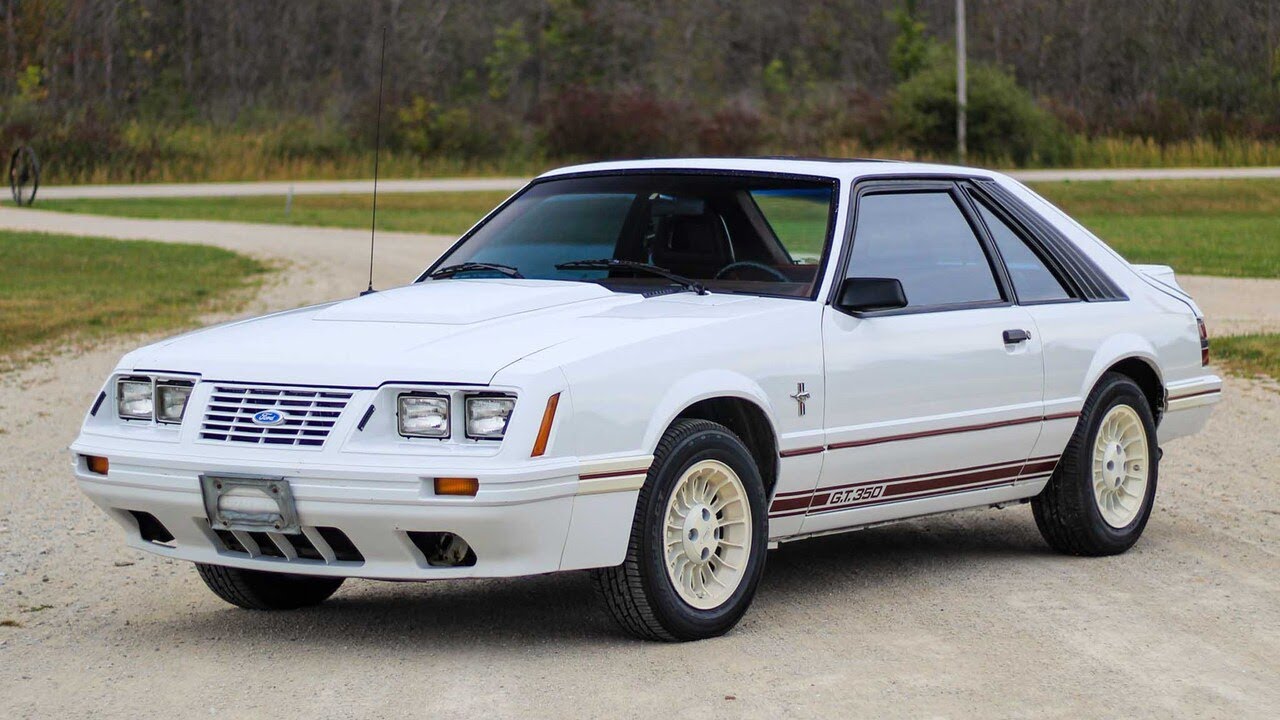
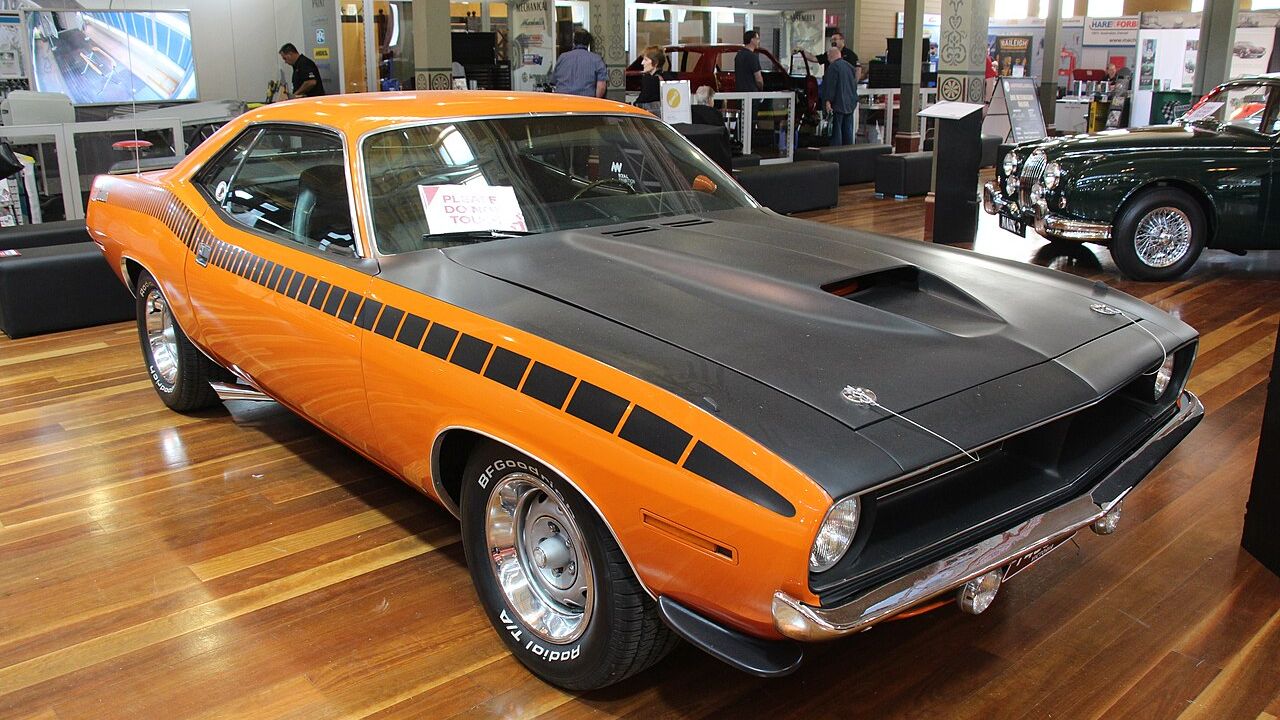
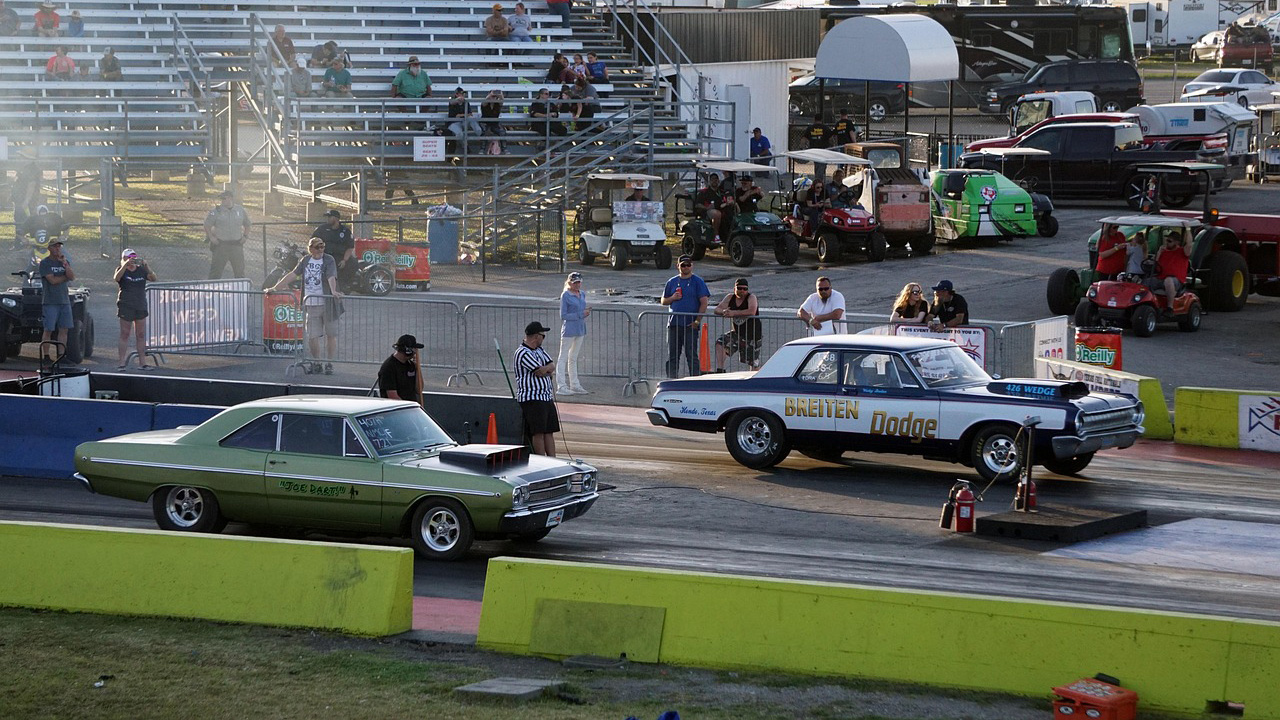
Leave a Reply